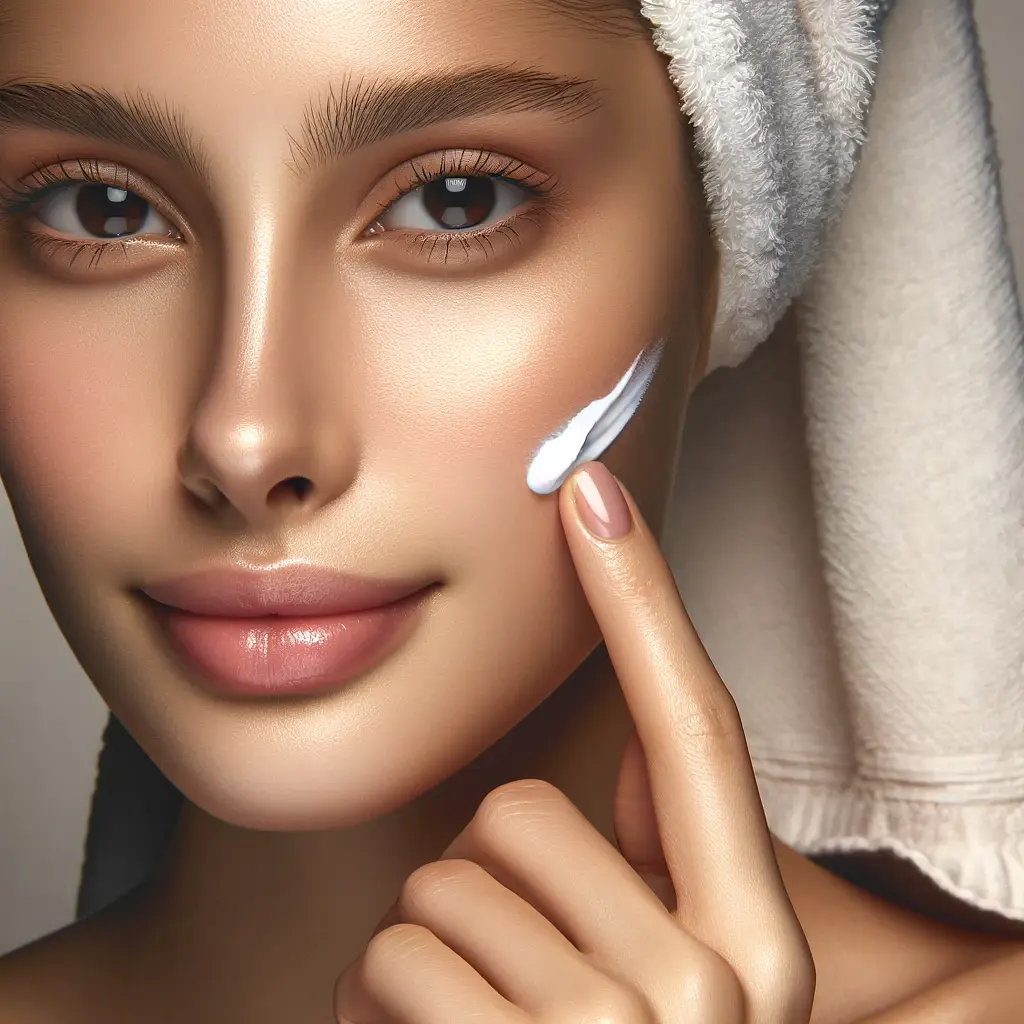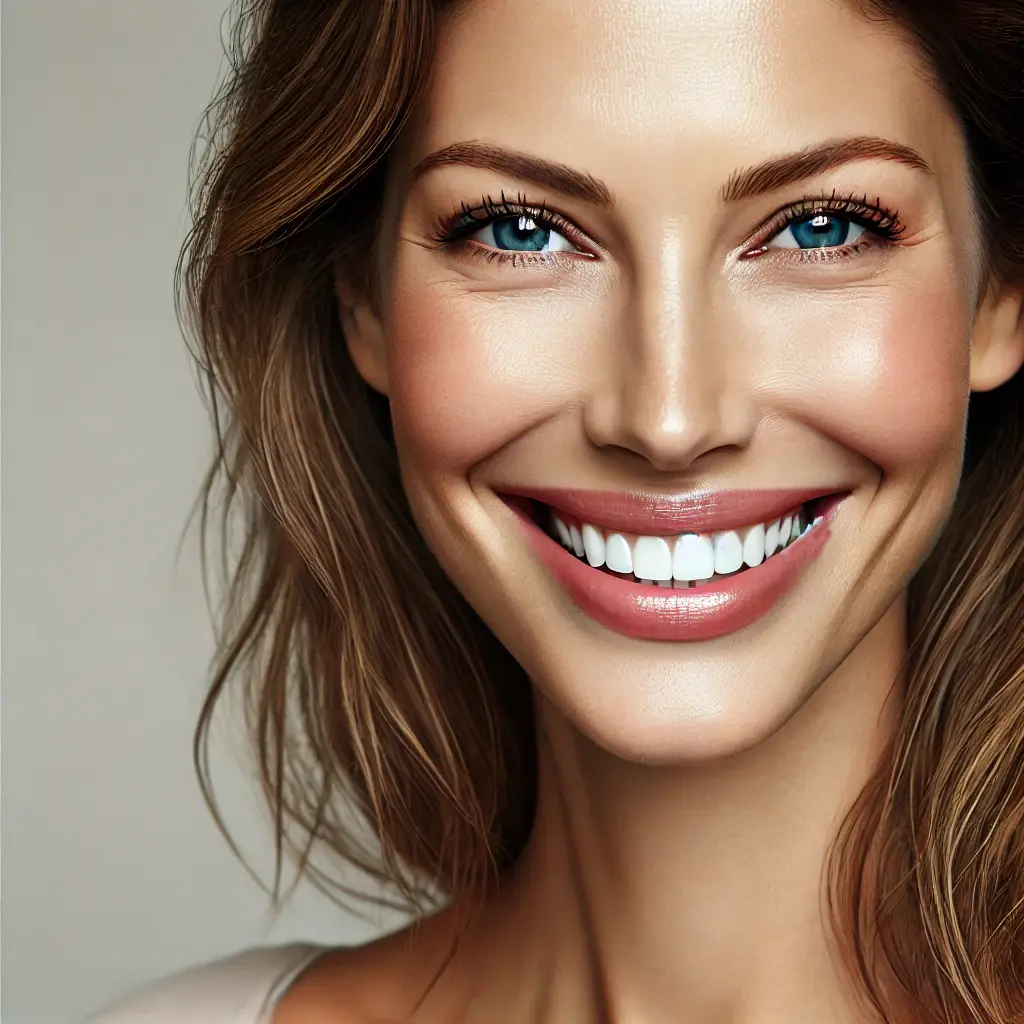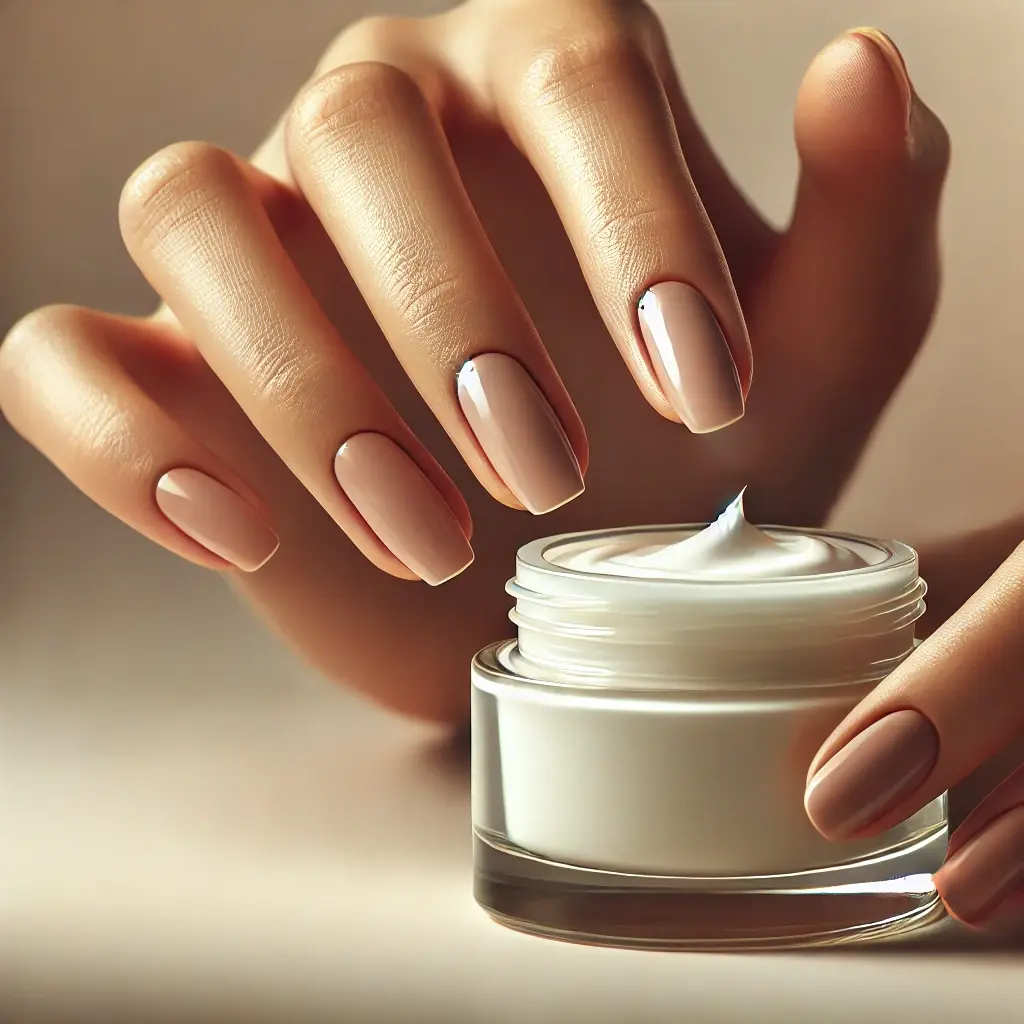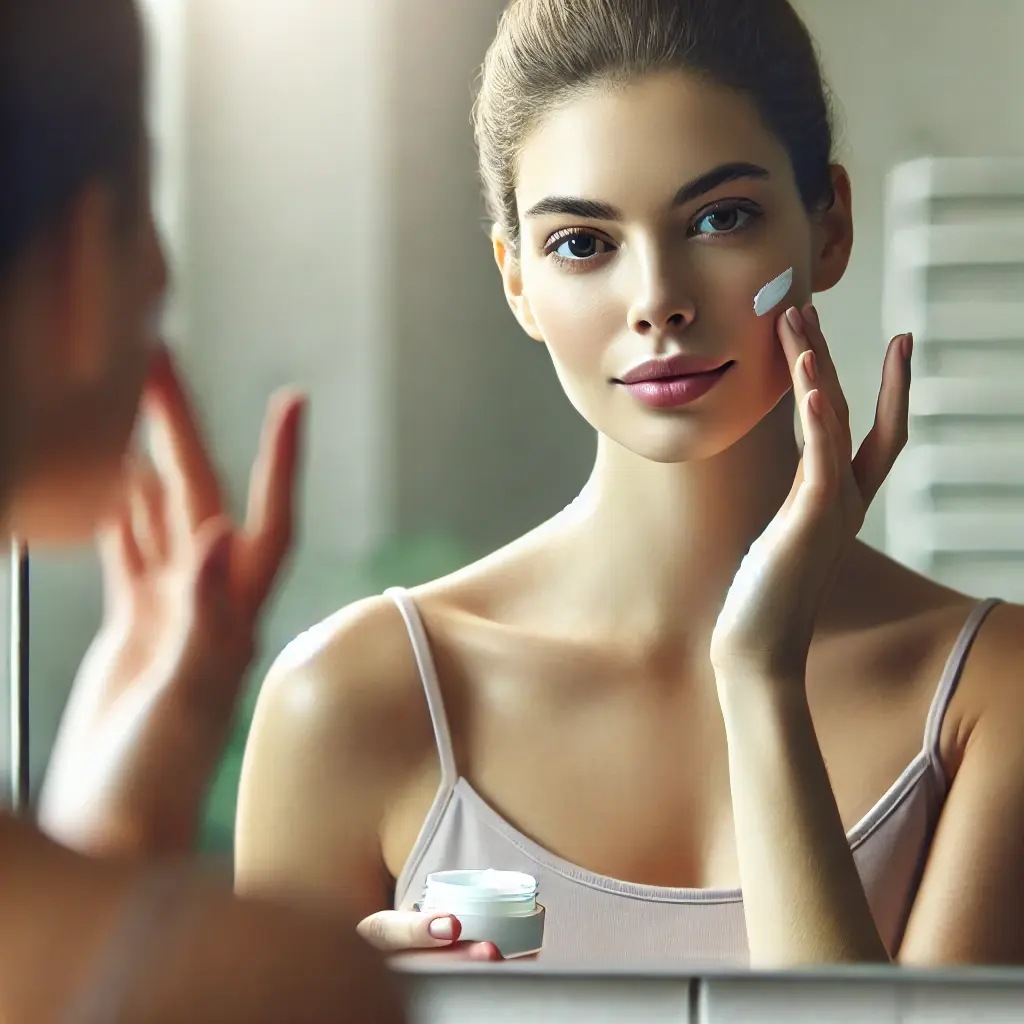Retinol is the ingredient everyone’s talking about—and for good reason. But what is retinol, exactly? Simply put, it’s a powerhouse in skincare derived from Vitamin A, celebrated for its ability to smooth wrinkles, fade dark spots, clear acne, and boost skin’s overall radiance. Yet, as effective as it is, retinol requires a bit of know-how to use properly. Jump in too quickly, and you might experience the “retinol uglies”—those pesky side effects like redness, dryness, and peeling that come with adjusting to this powerful ingredient.
In this guide, we’ll break down the essentials: what retinol is, why it’s so effective, how to handle its side effects, and the best ways to introduce it to your routine. Whether you’re just starting out with skincare or looking to upgrade, this guide will help you make the most of retinol’s benefits.
Ready to take your skincare routine to the next level? Let’s dive in and see what retinol can do for you!
Table of contents
What is Retinol? Understanding This Skincare Marvel
Retinol might sound a bit like something from a science lab, but it’s actually a powerful derivative of Vitamin A, one of the most beneficial nutrients for skin health. Think of it as a multi-tasking ingredient in the skincare world, with a reputation for delivering impressive anti-aging and skin-clearing results. Retinol is part of a larger family called retinoids, which includes other Vitamin A derivatives like tretinoin (the stronger, prescription-level cousin of retinol) and adapalene (often found in acne treatments).
What makes retinol so appealing, though, is its availability. You don’t need a prescription to get it—it’s widely available in over-the-counter (OTC) products. This accessibility means you can start reaping the benefits of retinol without scheduling a dermatologist visit. From high-end brands to more budget-friendly options, there’s a retinol product for just about every skin type and budget, making it a go-to ingredient for anyone looking to level up their skincare routine.
How Retinol Works at the Cellular Level
Retinol goes deep, penetrating beyond the outer layer to encourage skin cell turnover, where old, dull cells are replaced with fresh ones. This speeds up skin renewal, leaving you with a brighter, smoother complexion. Plus, retinol boosts collagen production, which firms the skin and reduces fine lines and wrinkles. Over time, consistent retinol use can visibly improve texture, fade dark spots, and promote a more even, youthful skin tone.
Benefits of Retinol for Your Skin
Anti-Aging
Retinol’s anti-aging power comes from its ability to boost collagen, the protein responsible for keeping skin firm. As we age, collagen levels drop, leading to wrinkles and sagging. Retinol helps counteract this by increasing collagen production, which makes skin appear firmer and more youthful. Studies show that consistent retinol use can lead to smoother, more lifted skin within just a few months.
Also Read: 10 Best Anti-Aging Serums and Products for Your 30s
Retinol for Acne-Prone Skin
Retinol is also highly effective for acne because it speeds up skin cell turnover, preventing pore-clogging buildup that leads to breakouts. Unlike spot treatments, retinol works on the entire face to reduce acne and stop new blemishes from forming. Dermatologists often recommend it for mild to moderate acne as it can clear skin without overly harsh ingredients.
Brightening Skin Tone
Retinol’s cell-turnover benefits extend to hyperpigmentation, helping to fade dark spots and discoloration. It encourages skin to shed damaged cells faster, revealing a more even complexion. Studies show that retinol can brighten skin tone significantly after 12 weeks, making it ideal for those with sun damage or post-acne marks.
Smoothing Out Texture
Retinol is great for refining rough, uneven skin texture. By promoting new cell growth, it helps soften bumpy areas, leaving skin feeling smoother and looking more polished. Regular use can improve skin texture within a few months, making it a gentle alternative to physical exfoliants.
Minimizing Pores
Retinol can also make pores look smaller by keeping them clear of dead skin and oil, which often stretch them out. While it doesn’t technically shrink pores, it reduces the visible size by preventing clogs, giving skin a smoother, more refined appearance. This makes it a go-to ingredient for anyone wanting a clear, balanced complexion.

How to Add retinol to your skin care routine?
Retinol can feel intimidating, especially if you’re not sure how to make it work for your unique skin type. From newbies to pros, getting the most out of retinol starts with understanding how to use it properly without overdoing it. Let’s break it down by skin type and talk about a few simple but effective pairing tips.
Retinol for Beginners
If retinol is new to your skincare lineup, ease into it like a friend you’re just getting to know. Start by applying a tiny amount—about the size of a pea—only once or twice a week. This helps your skin acclimate without overwhelming it. Patience is key here! Retinol is strong stuff, and trying to jump in too fast often leads to irritation, dryness, and even peeling. Instead, let your skin slowly build up its tolerance. After a few weeks, you can gradually increase to every other night and eventually, if your skin is handling it well, to nightly use.
Pro tip: Try using retinol on top of your moisturizer if your skin is very sensitive. This “sandwich” technique can make it gentler while still giving you the benefits of retinol.
Retinol for Different Skin Types
Each skin type has its quirks, so here’s how to get retinol to work with your skin, not against it:
Dry Skin
Dry skin needs moisture, so look for a retinol product that includes hydrating ingredients like hyaluronic acid or glycerin. These ingredients draw water into the skin, keeping it plump and hydrated. After applying retinol, make sure to layer a good moisturizer on top to lock in hydration. And remember, less is more! Overusing retinol can further dry out your skin, so stick to a couple of nights a week, especially if you’re just starting out.
Sensitive Skin
If your skin is sensitive, start with a gentle, low-concentration retinol (think 0.25% or less) or a product specifically labeled as “for sensitive skin.” Products that are designed with sensitive skin in mind often include ingredients like aloe vera or chamomile, which soothe and reduce inflammation. A useful tip: try a patch test on a small area of your face, like behind the ear, to see how your skin reacts before applying it to your entire face.
Oily Skin
Oily skin tends to be more tolerant, making it suitable for slightly stronger retinol concentrations. If your skin can handle it, you might consider starting with a higher dose (0.5% or 1%) compared to those with dry or sensitive skin. Oily skin often benefits from retinol’s ability to increase cell turnover, as it can help manage the buildup of dead skin cells that contribute to clogged pores and breakouts. However, even with oily skin, keep an eye on how your face feels; if you notice excessive dryness or irritation, scale back a bit.
Pairing Retinol with Other Skincare Ingredients
Retinol pairs well with certain ingredients that can enhance its benefits or help reduce potential irritation. Here are a few winning combinations—and some to avoid.
Ingredients That Work Well with Retinol
- Hyaluronic Acid: Retinol can be drying, so combining it with hyaluronic acid, a powerful humectant, helps retain moisture. Hyaluronic acid can be applied before or after retinol, depending on how much hydration your skin needs.
- Niacinamide: Known for its calming properties, niacinamide helps reduce redness and supports the skin barrier, making it an excellent companion to retinol. You can use niacinamide both morning and night, even on the same nights as retinol.
What to Avoid Mixing with Retinol
- AHAs and BHAs: Alpha-hydroxy acids (AHAs) and beta-hydroxy acids (BHAs) are fantastic exfoliants on their own, but mixing them with retinol can lead to irritation. Both AHAs and BHAs can make the skin more sensitive, so using them together can often result in redness, peeling, and discomfort. Try alternating these acids on different nights from your retinol.
- Vitamin C: Vitamin C is a great antioxidant, but it’s best used in the morning to protect against environmental stressors like pollution and UV rays. Since retinol is typically applied at night, this keeps your skincare routine effective without risking irritation from combining two strong actives.
Best Retinol Products to Try
Retinol is available in various strengths and price points, so whether you’re just starting out or are an advanced user, here are some top picks to suit your needs.
Retinol for Beginners
- Neutrogena Rapid Wrinkle Repair Retinol Oil: This oil-based retinol is great for new users, combining retinol with hydrating oils to minimize dryness, making it an easy start for sensitive skin.
- The Ordinary Retinol 0.2% in Squalane: Affordable and gentle, this retinol is diluted in hydrating squalane oil to help counteract any irritation. Ideal for retinol newbies on a budget.
- Olay Regenerist Retinol 24 Night Moisturizer: With retinol and niacinamide, this creamy formula provides gentle, all-night hydration for smoother, brighter skin without irritation.
Stronger Retinols for Advanced Users
- RoC Retinol Correxion Deep Wrinkle Night Cream: This potent retinol is popular for tackling deeper wrinkles and uneven skin texture, offering strong anti-aging benefits without a prescription.
- SkinCeuticals Retinol 1.0: For experienced users, this high-strength retinol provides visible improvement in wrinkles and pigmentation. Start slow to avoid irritation.
- Prescription Tretinoin (Retin-A): Tretinoin is a prescription-only option with powerful anti-aging and acne-fighting results, often showing faster effects than OTC retinols. Always consult a dermatologist for guidance on this one.
Budget-Friendly Retinol Options
- The Inkey List Retinol Serum: At a low price, this 1% retinol with slow-release technology reduces irritation while delivering effective results, perfect for budget-conscious beginners.
- CeraVe Resurfacing Retinol Serum: Affordable and gentle, CeraVe’s serum combines encapsulated retinol with soothing ingredients like niacinamide, ideal for reducing dark spots and acne scars.
- Differin Gel (Adapalene 0.1%): Although technically a retinoid, Differin Gel offers similar results to retinol. It’s widely available and inexpensive, making it a solid choice for acne treatment and skin texture improvement.

Side Effects and Precautions to Consider
Retinol delivers amazing results, but it can come with some initial challenges, especially for newcomers or those with sensitive skin. Knowing what to expect—and how to handle side effects—can help you avoid frustration (and some redness too!).
These are signs your skin is adjusting to the boost in cell turnover, and they typically ease up within a few weeks as tolerance builds.
- Redness and Irritation: Retinol can make your skin feel sensitive and even cause a slight burning sensation.
- Dryness and Peeling: Retinol exfoliates your skin from within, leading to dryness or flakiness as old cells shed faster.
- Increased Sensitivity: Retinol may temporarily weaken your skin’s barrier, making it more reactive to the environment.
How to Minimize Side Effects
Easing into retinol can make a big difference. Here’s how to help your skin adjust smoothly:
- Start Low and Slow: Begin with a lower concentration (0.25%–0.5%) and apply only once or twice a week, gradually increasing as your skin builds tolerance.
- Pair with Moisturizer: Use a gentle, hydrating moisturizer to combat dryness. Look for one with ceramides or hyaluronic acid to reinforce hydration.
Retinol and Sun Sensitivity
Retinol makes skin more sun-sensitive by exposing fresh skin cells. So:
- Daily Sunscreen is Key: Use SPF 30+ daily, even indoors, to shield skin and prevent dark spots.
- Apply at Night: Using retinol at night helps avoid daytime sun exposure and lets your skin recover while you sleep.
Signs of Overuse
Too much retinol can lead to dryness, irritation, or worsened appearance. Look for these signs:
- Symptoms of Overuse: Tightness, excessive dryness, and flakiness indicate your skin may need a break.
- How to Scale Back: Reduce frequency or switch to a lower concentration if you see these signs. A slower approach lets your skin build tolerance naturally.

How Long Until You See Results?
Retinol is a powerful ingredient, but it takes time to show results. Typically, you’ll notice the first changes, like smoother texture and reduced redness, around 4-6 weeks in. Skin may look brighter and fresher as cell turnover increases.
For more substantial changes—like reducing fine lines, wrinkles, and evening out skin tone—expect to wait 8-12 weeks. Anti-aging benefits, like a plumper, firmer look, may take 3-6 months to fully appear.
Consistency is key here. Stick with a steady routine without switching products or increasing usage too quickly. Here’s a quick timeline to keep in mind:
- 4-6 Weeks: Smoother texture, slight brightness, reduced spots
- 8-12 Weeks: Fine lines soften, skin looks plumper
- 3-6 Months: Noticeable improvement in wrinkles and evenness
Conclusion: What is Retinol and Why Your Skin Needs It
Retinol, a form of Vitamin A, can be a true game-changer for your skin, but like any powerful ingredient, it requires a little patience and the right approach. By understanding what retinol is and how it works, you can embrace its benefits—like smoother texture, reduced fine lines, and a more even complexion—while minimizing any temporary side effects along the way. Whether you’re looking to tackle aging, acne, or just achieve a more radiant glow, retinol has a lot to offer if you stick with it.
The key to success with retinol is to start slow, choose a concentration that fits your skin type, and make moisturizing and sun protection non-negotiable parts of your routine. Consistency is your best friend here—those small, steady steps will yield impressive results over time. Remember, retinol is an investment in the long-term health and appearance of your skin, so avoid the temptation to rush the process!
If you’re excited to try retinol but aren’t sure where to start, consider consulting a dermatologist for guidance tailored to your skin’s needs. They can help you pick the right product and routine, so you’re set up for success from day one.
Ready to see what retinol can do for you? Start with a gentle, low-strength product, follow the tips in this guide, and give your skin the gift of a consistent retinol routine. Stick with it, and let the results speak for themselves—you’ll soon understand why retinol is the go-to choice for countless skincare enthusiasts worldwide!
Related Articles on BeautyStyleMag
- Copper Peptides in Skincare; Benefits Risks and Application Tips
- How to Transition Your Skincare Routine from Summer to Fall?
- 7 Skincare Ingredients to Know for Healthier Skin
For more inspiration, check out reliable resources like webmd.com and Healthline.com for expert advice.



